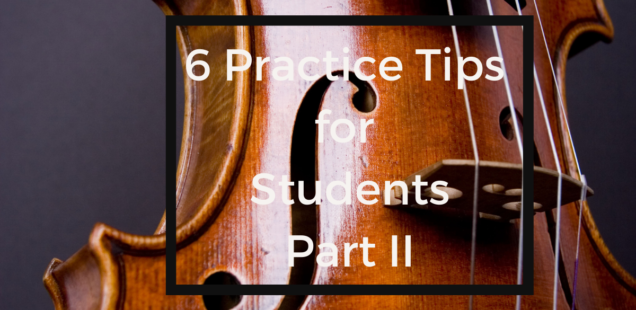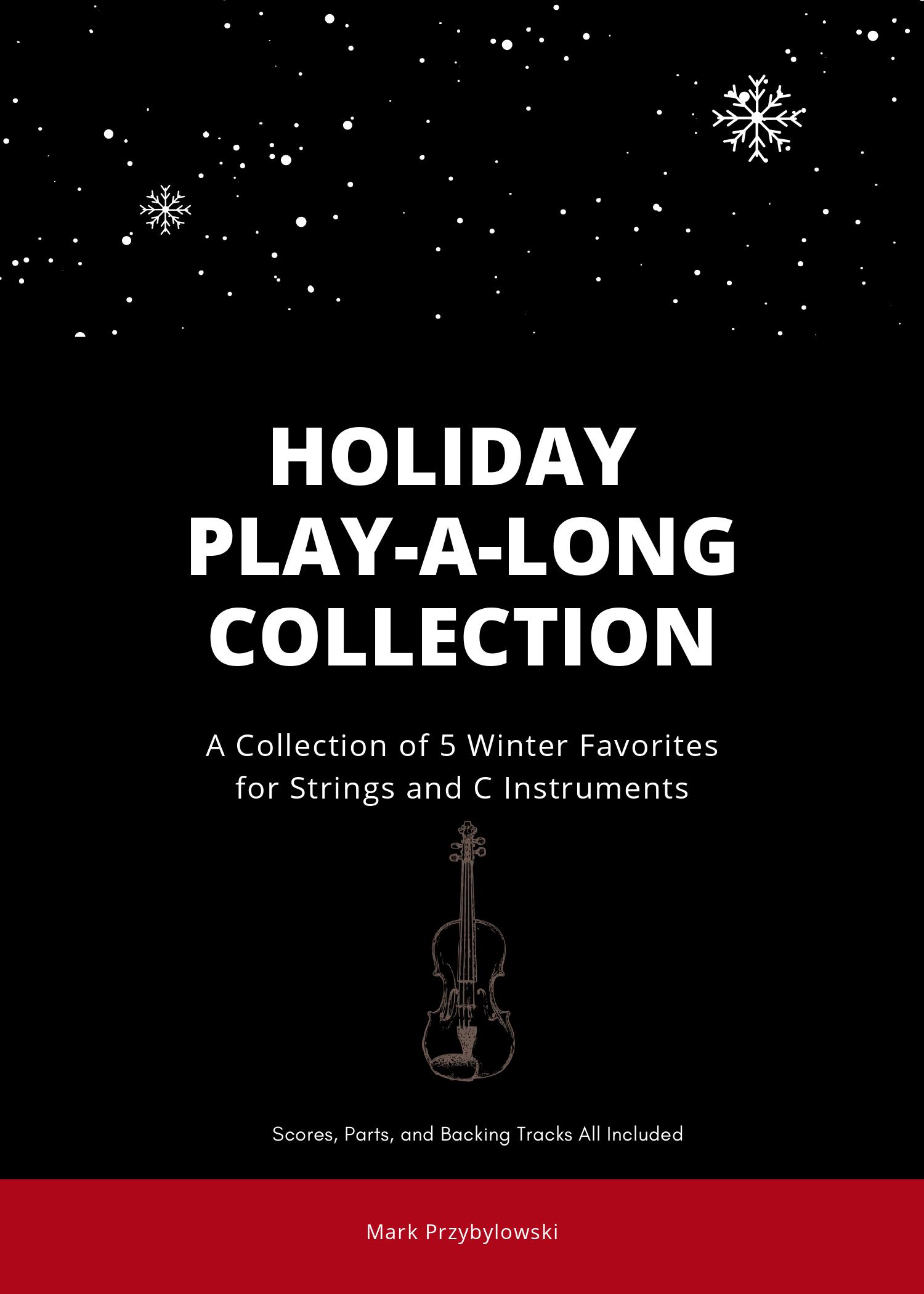
6 Practice Tips for Students Part II
In last week's post, we explored 6 simple tips for effective practice. In this week's post, we will continue to talk about practice and share some helpful practice tips. These are in no particular order, but are some thoughts on practice that will hopefully be beneficial.
Focus on Pitch and Rhythm
Focus on the basics.
When students are working on a new piece they may be overwhelmed by what they see on the page. Therefore, focusing their attention only on executing correct pitch and rhythm is a good place to start. Simplify a piece by taking away the dynamics and articulations. Take it slow and aim for correct fingerings, pitch, and rhythm first.
Slow Down -> Speed Up
Students love to play fast!
Unfortunately, playing fast initially sometimes means glossing over mistakes. While it may be tedious at times, slow practice definitely pays off in the end. Slowing the tempo down helps to intentionally focus on challenging areas. We want to help students slow the tempo down and play each pitch correctly, in tune, and with a beautiful tone. Once students have mastered playing a passage slowly, you can create a fun speed challenge game. Students love seeing how fast they can perform a section of music. They love the excitement of speeding up the metronome after each attempt at a passage.
3 for 3
The idea behind this tip is to play a note, phrase, or passage three times in a row correctly before moving on. The repetition will build muscle memory and accuracy. To make this more fun for students, place three coins on the side of the music stand. Every time they play it correctly you move the coin to the other side of the music stand. This creates a fun reward for getting the passage correct and makes practicing even more engaging for students.
Practice In Front Of A Mirror
A pivotal point in my musical growth came when my teacher encouraged me to practice in front of a mirror. It was so beneficial to analyze my bow position, hand position, and overall playing. A few years back I bought a mirror for use in my classroom for this exact purpose. From time to time I will bring it out to show a student their bow position. It helps a lot!
It also gets students to take ownership of their playing and actively correct any mistakes they are making.
I understand, this might not be feasible for all teachers since many of us don't have a mirror in our classrooms. However, it's a great practice suggestion for students to try at home.
Play A Long
The last practice tip, is to play along with recordings of great players or with a soloist you enjoy. This will help students in a number of ways.
First, it will connect them to the authentic feel of a piece or style of music. For example, what better way to learn how to swing and play with a great feel than playing along with bassist Paul Chambers and the great Miles Davis Quintet? Second, it encourages listening skills. Third, it builds strong intonation and rhythm. Lastly, it is fun!
There are also many great options for play a long programs today like Smart Music, Band In A Box, and more. You can also find various play a long tracks on YouTube. I also have a Holiday Play A Long Collection I created for my students last year. You can check it out below!
Record Yourself
This is a really powerful practice tip and one I used to do a lot more often. A mentor and veteran bassist in my area encouraged all of his students and younger musicians to record their gigs and listen back to them. What you hear is your true self playing - the good and the “not so good.”
So, encourage students to record themselves, listen back, and take notes on their performance. It’s never been easier with smartphones and the like! Listening back helps students develop important critique and self-assessment skills. Consider giving students a rubric to assess themselves with or some questions to ask while they listen. For example:
- Did you play with correct rhythms?
- Did you play in tune?
- Did you perform with articulations?
- Did you make changes in dynamics?
- Did you play with a beautiful tone?
- What else needs work?
Conclusion
I hope these practice tips provide some new and effective ideas for you and your students. Perhaps you've tried some of these ideas. How effective were they for your students? Do you have other tips you would add?
The list is endless and effective practice is a lifelong pursuit.

I created the Holiday Play A Long Collection for my students so they could learn and enjoy some of the most beloved Christmas carols and holiday classics!
The 36 pages included in this collection contain the score and sheet music for 5 different Christmas songs. All instruments perform the melody and each song is written in treble, alto, and bass clef.
All pieces are arranged and written in string friendly keys with a play a long track for each song. This allows students to have fun (and practice) at home with an mp3 backing track you can share with them. The backing tracks include both the melody and accompaniment by piano, bass, drums, and more.
Perfect for students to hone their intonation, rhythm, and feel while having the experience of playing with an accompaniment.
The Holiday Play-A-Long Collection includes:
- Jingle Bells, transposed to D major
- It's The Most Wonderful Time Of The Year, transposed to C major
- The Christmas Song, transposed to D major
- Deck the Halls, transposed to D major
- Have Yourself A Merry Little Christmas, transposed to G major
Check out the Holiday Play-A-Long Collection!